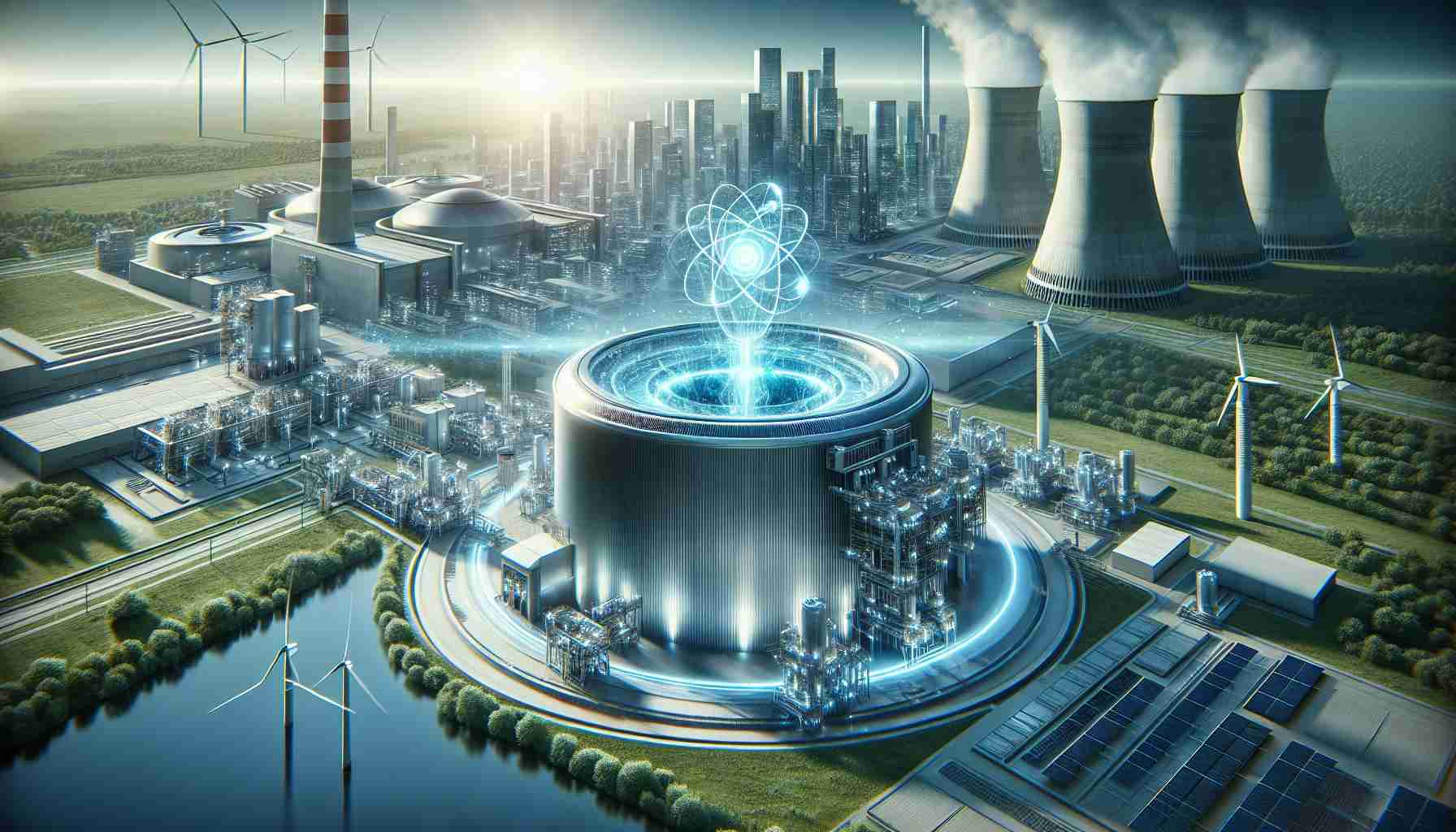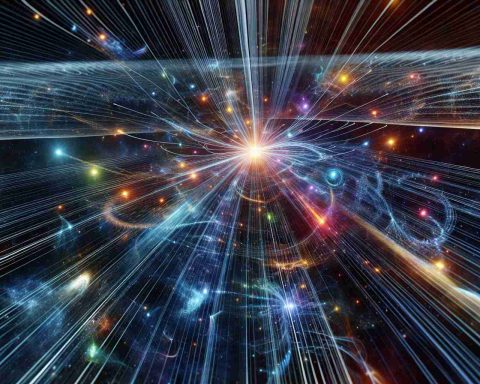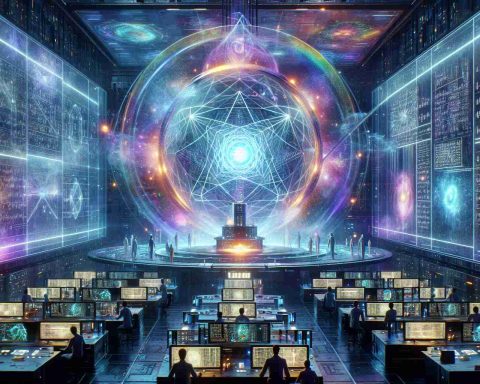- Nuclear energy is experiencing a resurgence due to a $500 billion investment aimed at enhancing U.S. AI infrastructure.
- Countries like Japan and Germany are revisiting nuclear energy as part of their diversified energy strategies amid rising electricity demands.
- Uranium prices have surged to $81.32 per pound, with reactor demand expected to rise significantly by 2030 and 2040.
- Nuclear stocks are performing exceptionally well, driven by technological innovations and projects like Stargate.
- NuScale Power and other companies are experiencing massive stock gains and are leveraging modular technology for energy production.
- While nuclear energy offers a way to reduce greenhouse gas emissions, concerns about nuclear waste and safety persist.
- Nuclear energy is positioned to play a key role in future power production, merging technology with sustainable goals.
In a world driven by the ever-increasing energy needs of artificial intelligence, nuclear energy is witnessing a powerful resurgence. This revival is fueled by a bold $500 billion investment initiative from the Trump administration, aimed at supercharging U.S. AI infrastructure and breathing new life into the nuclear sector.
Global Shifts and Soaring Prices
As the global energy landscape shifts under the weight of crises and soaring electricity demands, countries like Japan and Germany are revisiting their nuclear policies, embracing it as a key component in diversified energy portfolios. Fueling this shift is a remarkable spike in uranium prices, now at a jaw-dropping $81.32 per pound. The World Nuclear Association forecasts an impressive 28% hike in reactor demand by 2030, with the potential to nearly double by 2040.
Stock Market Surge and Tech Innovations
Following a turbulent market period, nuclear stocks are back with a bang. The Stargate project promises not only job creation but also technological innovation, leading to explosive stock performances. Companies like NuScale Power are seeing monumental gains, with stock surges over 1,000% this past year. Meanwhile, Nano Nuclear Energy and Constellation Energy ride the wave, revolutionizing energy production through modular technology.
Balancing Green Goals and Risks
Nuclear power’s potential to curb greenhouse gas emissions while satisfying energy needs positions it at the heart of the renewable sector. Yet, environmental concerns over nuclear waste and safety remain. The renaissance of nuclear energy is reshaping energy dynamics, promising a future where small modular reactors redefine power production.
As global policies and investments pave the way, nuclear energy stands ready to power the future, marrying technological advancements with environmental aspirations.
Nuclear Energy’s Comeback: What You Need to Know Now
How will the $500 billion investment initiative impact U.S. AI infrastructure and the nuclear sector?
The substantial $500 billion investment by the Trump administration is intended to enhance U.S. AI infrastructure significantly, utilizing nuclear energy as a backbone. This infusion aims to develop robust, high-capacity energy solutions that can sustain the heavy electricity demands of advanced AI technologies. By prioritizing nuclear energy, the initiative not only seeks to stabilize AI infrastructure but also rejuvenates the nuclear sector, making it a central player in the nation’s energy strategy. This could lead to a surge in nuclear energy projects, offering an abundance of jobs, fostering innovation, and stabilizing energy supplies through cleaner options.
What role does uranium price play in the revival of nuclear energy?
Uranium prices, now at $81.32 per pound, are a critical factor driving the resurgence of nuclear energy. As prices soar, uranium becomes a lucrative asset for energy production, incentivizing countries and companies to invest in nuclear technology. The World Nuclear Association’s prediction of a 28% increase in reactor demand by 2030 underscores the growing reliance on uranium. This price hike fuels not only the adoption of nuclear projects but also stimulates new research into efficient uranium extraction and usage, ensuring sustainable supply chains for the future energy market.
What are the main challenges and opportunities within nuclear energy’s resurgence?
The renaissance of nuclear energy presents both challenges and opportunities. On the one hand, nuclear power offers the promise of significantly reducing greenhouse gas emissions, pivotal in combating climate change. Small modular reactors, in particular, are being heralded as innovative solutions capable of providing reliable, low-carbon energy. On the other hand, challenges such as nuclear waste management and safety concerns persist. Addressing these issues requires robust policies, technological advancements in waste recycling, and stringent safety protocols. Balancing these aspects is crucial to realizing nuclear power’s full potential as a cornerstone of future energy strategies.
For more on nuclear energy and its impact, visit the International Atomic Energy Agency and the World Nuclear Association.
The source of the article is from the blog procarsrl.com.ar
















